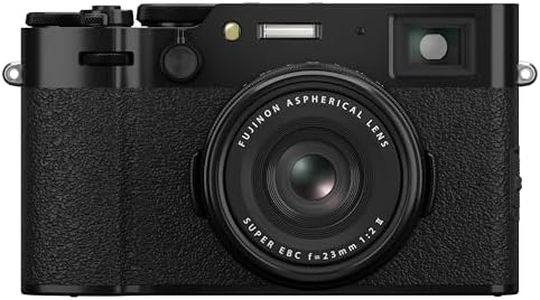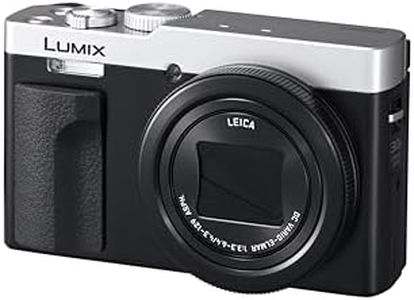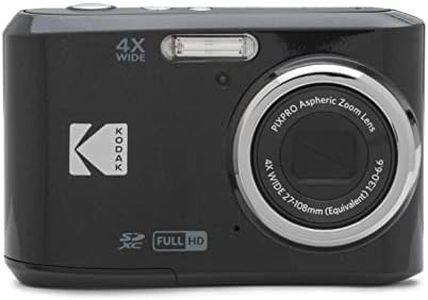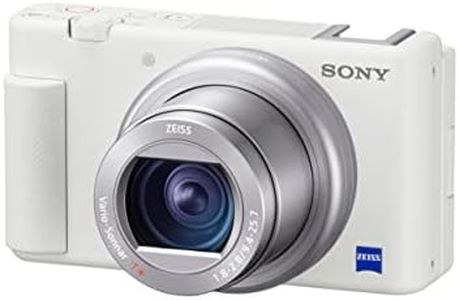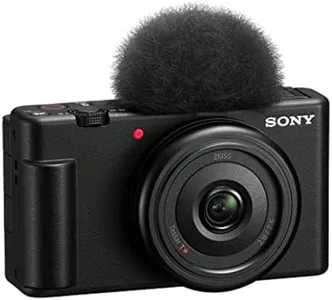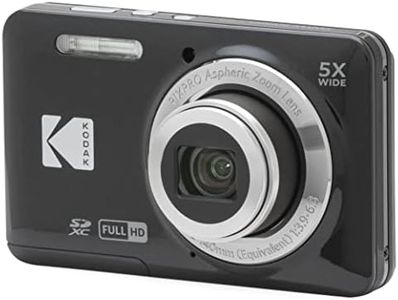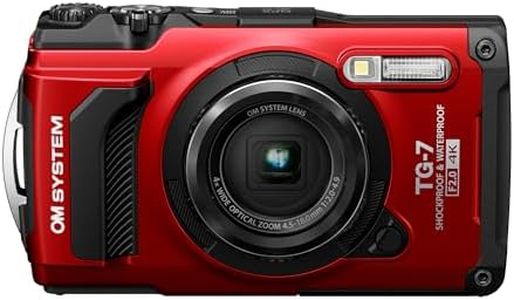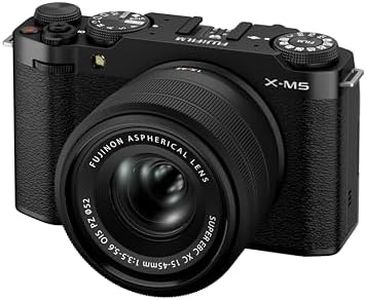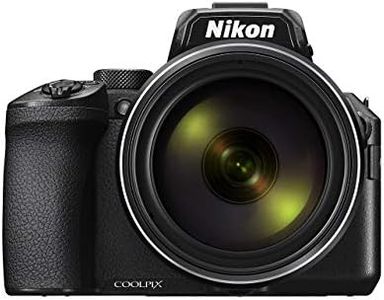We Use CookiesWe use cookies to enhance the security, performance,
functionality and for analytical and promotional activities. By continuing to browse this site you
are agreeing to our privacy policy
10 Best Budget Compact Cameras
From leading brands and best sellers available on the web.Buying Guide for the Best Budget Compact Cameras
Choosing a budget compact camera can be a rewarding experience, especially if you're looking for something simple to use, portable, and better than a smartphone for certain kinds of photography. The key is to focus on the features that matter most for your needs, such as image quality, ease of use, and portability. Compact cameras are designed to be user-friendly, so it helps to understand what each specification means and how it affects your photography. By focusing on the most important specs, you can find a camera that matches your lifestyle, whether you want something for family events, travel, or creative hobbies.Sensor SizeThe sensor is the component inside the camera that captures light and turns it into an image. In compact cameras, sensor sizes are usually smaller than in more expensive models, but larger sensors tend to produce better image quality, especially in low light. The common sensor sizes in budget compacts range from 1/2.3-inch (smallest and most common) to 1-inch (larger and better quality). If you plan to mostly shoot in good lighting and want maximum portability, the standard 1/2.3-inch sensor is usually sufficient. If photo quality, especially in dim conditions, is important, consider looking for a camera with a larger sensor.
Optical ZoomOptical zoom tells you how much you can zoom in on your subject using the camera's lens, without losing quality. This is different from digital zoom, which simply crops and enlarges the picture and can reduce quality. Zoom ranges are often described as '5x,' '10x,' etc. A higher zoom is handy for situations like wildlife or sports, where you can't get close to your subject, but increases camera size. If you mostly take photos of people or landscapes up close, a moderate zoom (3x–5x) is fine; for travel or distant subjects, a higher zoom (8x–30x) will be more useful.
MegapixelsMegapixels measure how many millions of pixels make up the image captured by the camera. More megapixels let you print larger photos or crop images without losing much detail, but after a certain point, more megapixels don't always mean better photos, especially with small sensors. For everyday use or sharing online, anything in the 12–20 megapixel range is more than enough. Only look for higher megapixels if you plan to make very large prints or need to crop your photos a lot.
Image StabilizationImage stabilization helps keep your photos sharp by reducing blurriness caused by small hand movements when you take a picture. Some models use optical stabilization (in the lens), while others use digital methods. If you often take photos indoors, at night, or zoom in a lot, having image stabilization can be a big help in making your shots clearer. For casual, well-lit photos, it’s less critical, but always beneficial if included.
Ease of Use and ControlsCompact cameras are designed to be easy, but some offer more automatic modes while others allow for manual adjustments. If you want point-and-shoot simplicity, look for models known for easy menus and good automatic scene modes. If you want to learn more about photography or have more control, consider a camera that offers some manual settings like exposure and focus. Your comfort level with technology and your interest in learning can guide you here.
Size and PortabilityOne of the main reasons people choose compact cameras is their small size. They fit easily in a pocket or bag, making them great for travel and everyday use. Some models prioritize being ultra-slim and lightweight, while others are a bit larger to offer bigger zooms or better ergonomics. Think about how often you'll carry the camera and whether you value portability over extra features.
